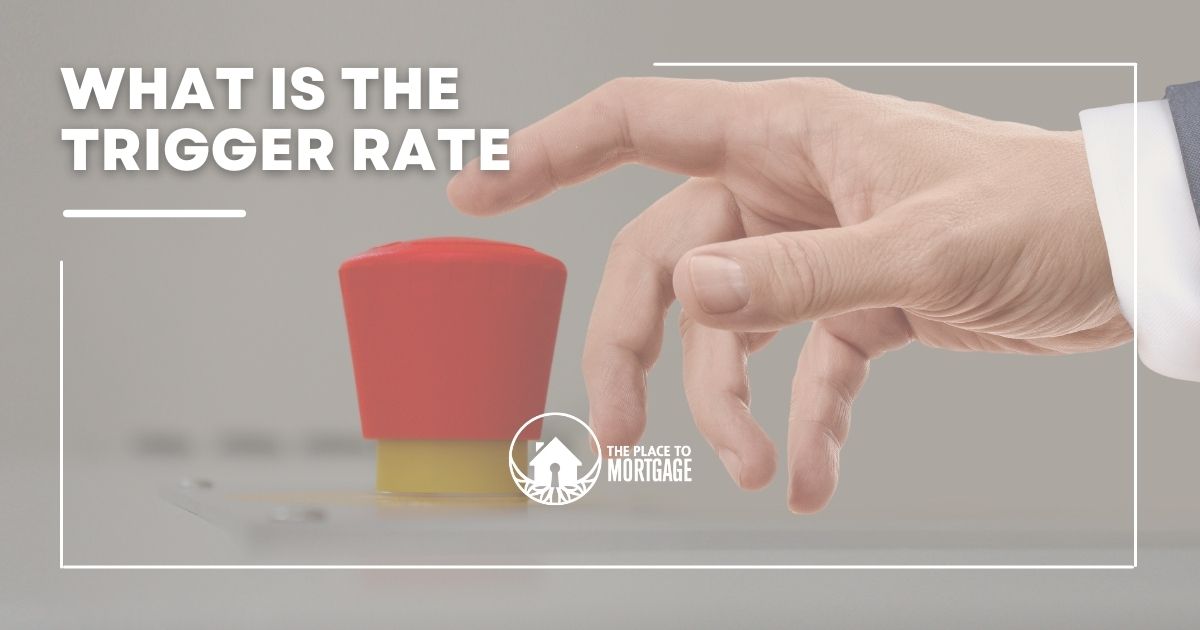What the Bank of Canada rate increase means for your variable rate mortgage
Two Types of Variable Rate Mortgages
There are two types of variable rate mortgages – true variable rate mortgages and adjustable rate mortgages. A variable rate mortgage is one where the interest rates change with the market but the monthly payments are always the same. An adjustable rate mortgage is one where the monthly payments can change when the interest rate changes. We often use the term “variable rate” interchangeably for each, so it is important for you to find out what type you have.
If you have a true variable rate mortgage, the following information is very important
If you have a true variable rate mortgage you have a static (fixed) payment. When interest rates rise (or fall), your payment stays the same. When interest rates are low, more of your payment is going to the principal. And when interest rates go up, more of your payment goes towards interest. However, when the payment stays the same, what must “give” is the amortization. When rates rise and less of your payment is going towards principal the amortization will get longer. And when rates fall, the amortization gets shorter.
The benefit of a variable rate mortgage with a static payment is that your mortgage payment is not affected when the prime rate increases. However, when prime rates increase and more of your payment is going towards interest, you can fall behind on your amortization schedule.
For example, we have a broker in the office who has a variable rate static mortgage. She checked her amortization on July 12, 2022, and she checked again on July 14, 2022 after the 1% increase was announced. On July 12 her amortization was 28 years, and on July 14 it had already extended to 35 years!
This is when we need to start to think about trigger rates and how they affect your variable rate mortgage.
If you have never heard of a trigger rate, that is because the last time we had these rapidly rising prime rates was the late 1970’s. Now that we are experiencing higher prime rates, we need to be very aware of trigger rates, corresponding amortizations and what it might mean for you when your mortgage comes up for renewal.
What is the Trigger Rate?
The trigger rate for a variable rate mortgage occurs when the prime rate goes up so much that your fixed payment does not cover the interest you owe each month. A general rule of thumb for lenders is when the interest rate rises 2% or more, then the trigger rates can come into effect.
If the variable rate increases beyond the trigger rate, and your payment is no longer covering the interest and that will alert your bank to take action.
The trigger rate can be a concern for clients in a variable rate mortgage – if you do not understand the fluctuations and their impact on your amortization, you can have some unexpected surprises come mortgage renewal time.
What can you do?
To ensure that you do not fall behind on your amortization schedule you can:
- Make a lump sum payment
- Manually increase your payment voluntarily to ensure the same amount is going towards principal every month
- Call your broker to see if refinancing or extending out your amortization is possible
If you have any questions about your variable rate mortgage, or your renewal, please do not hesitate to reach out to discuss this further.
The Place To Mortgage team strives to stand out from everyday mortgage lenders and banks. Much more than mortgage professionals, we are always looking for ways to go above and beyond for our clients; offering ongoing strategies, programs and incentives to help ensure your home ownership and financial success.



